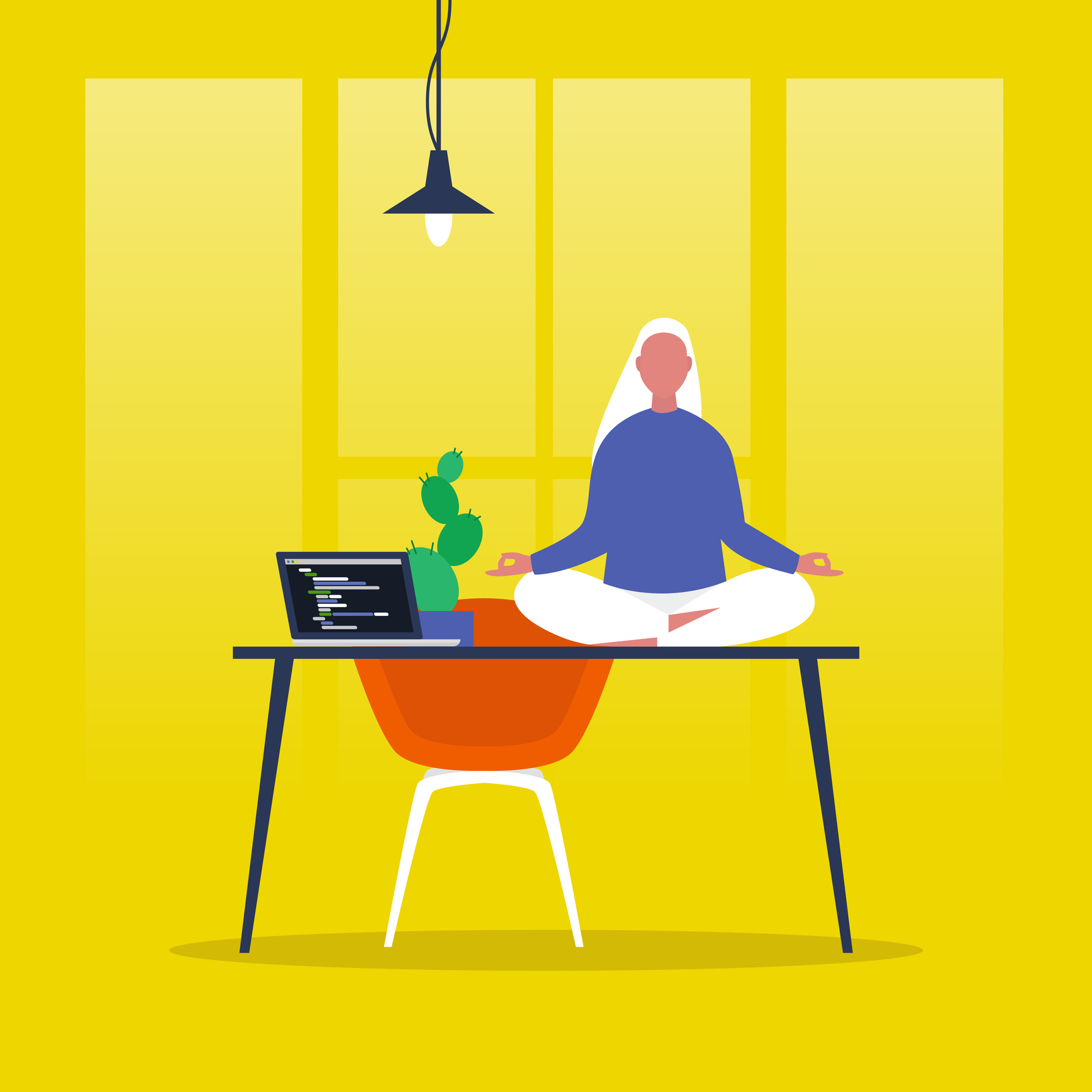My three step plan for a lasting and effective meditation routine

Meditation has become a ubiquitous and extremely trendy thing to do. Thanks to apps like headspace, it seems every other person you meet ‘practices’ meditation.
But in reality, how many people manage to make it a lasting and effective part of their routine? Very few. In this article, I share my three step guide that can help you create a lasting and effective mediation routine:
In my previous article how to find the right headspace I lay out some attitudes that are required for anyone looking to implement major dietary or lifestyle change in their lives. If you’re short on time, here’s what you need to know:
Acceptance and Acknowledgment
Acceptance and acknowledgment maybe the two most important steps in embarking on any major lifestyle change.
I see so many clients repeating the same mistakes over and over wondering why they can’t change.
When you accept what you have chosen to do is extremely difficult and can understand your personal barriers to change, the rest becomes much easier.
To try and identify your barriers: sit down with a piece of paper. Close your eyes and take a deep breath. And let it go. Ask yourself “What’s on my mind?”. Write everything down, I mean everything.
This process does two things:
1. It helps generate awareness of your attitudes and feelings.
2. It helps declutter your mind so you can give your undivided attention to the next question.
And don’t worry how much comes out. Clients often write 2-5 sides of A4.
Now ask yourself ‘What is holding me back and stopping me from changing?’ or ‘What are my blocks to change?’.
Write them down.
It maybe fear, stress, anxiety or unworthiness. I find many people are scared to face themselves without the comfort or stimulation of food or TV or whatever activity helps stimulate and distract them.
Whatever they maybe, don’t judge and thank your mind for the insight.
If your overwhelmed by the list in front of you. Don’t worry. We can rarely tackle all of them ourselves but we can certainly try our best to acknowledge them. I often recommend seeing a psychotherapist/NLP/Hypnotherapist to help work through them.
Ok, let’s dive in.
Week 1: Measuring the ‘Anchor‘
Your goals for week 1 are:
- To create a checklist
- To find a meditation recording that suits you. 15 minutes or more is fine (don’t worry! You don’t have to meditate for the whole duration).
- Find your ‘anchors’.
1. Creating a checklist
As the saying goes ‘what gets measured gets done’. Creating a checklist creates a measurable action helping you achieve consistency.
This table is assuming you’re choosing to meditate once per day but feel free to adapt to your schedule.
2. Find a meditation recording
There are numerous resources and apps out there. I encourage you to find one that resonates with you.
Ideally, try to find one that focuses your attention down into your body as opposed to visualisations.
After all, the brain is connected to what’s down below, not so much what’s above.
After all, even the English language recognises this with expressions such as ‘calm down’, ‘settle down’ ‘pipe down’, ‘hurry up’ ‘shut up’ ‘wind up’ ‘upset’.
In my experience working with clients including myself, I’ve found Dr Wilson’s pushing down exercise to be especially effective because it cultivates awareness/observation with a focus of bringing attention down into the body. I believe it may also include a healing effect on our nervous systems.
3. Finding your ‘Anchors’
The final step is to find a suitable place to meditate that is quiet and comfortable. Ideally a location which is involved in your daily routine.
If I leave my bedroom in the morning without meditating I know it’s unlikely it will get done, so I choose to meditate sitting on my bedside after a shower.
Find one or two objects that will help you ‘get into the zone’. When you see these objects you associate them with meditation and gentle discipline. I like using my digital sports watch as a countdown timer and a crystal gifted to me.
When I was a military cadet our instructor was a big scary guy and as kids we would mess around. The moment he said ‘switch on’ was the moment we stopped and entered ‘the zone’.
Much like when I hold my crystal and digital sports watch I know it’s time to meditate. It soon becomes automatic.
Week 2: Introducing the routine
The aim of week 2 is just to get used to allocating time sitting in your chosen space with your checklist and anchors. Nothing more.
Each day during this week you are going to try and sit in your chosen location with your checklist and anchors. What you do in this time is entirely up to you. Feel free to listen to your meditation tape.
Some people like to doodle on a piece of paper. Some like to knit.
Ideally, try not to engage in a work related activity. You are just going to notice yourself sitting in your chosen space holding your anchors.
It is up to you when you do it. I enjoy early mornings, but sometimes I feel too sleepy so I meditate before bed. It’s your decision, just make sure you can allocate the same period of time each day during this week.
Try doing this for 15 minutes each day. If you feel that’s too much try every other day.
Make sure you fill in your checklist writing down how you felt during the time.
By the end of the week the feeling of getting ready for meditation should feel very familiar and you maybe raring to go.
Week 3: Begin to meditate
If you made it to this point, congratulations! Now we can start the fun part!
As you’ve already practiced allocating time in your location with your anchors, things should feel fairly natural.
I suggest not using your digital device as a timer, instead use a digital watch or clock to countdown the time. This provides another layer of behavioural anchoring to the habit.
Try not to experience frustration
Try not to get get frustrated or agitated if your mind wonders. It’s important to recognise before you begin, it will take time for your mind to become gently aware and disciplined.
Remember, your mind has been a wonderer far longer than it’s been a meditator.
Try not to judge or get upset just bring your attention back. The most important thing is to recognise when your mind wonders and gently bring it back.
You will naturally have days when meditation is much easier than others. That’s ok. If you feel like skipping a day that’s ok. Instead, just follow the instructions from week 2 so you sit in your anchor position without stressing about not meditating.
In the beginning, you may only be able to meditate for a few seconds. That’s ok. Just focus on what you can do, don’t worry about what you can’t. Just appreciate you managed to do something and say thank you.
Make sure to follow your checklist and record how you felt during the session.
And that’s it! Make sure for the next 30 days you follow your checklist, use your anchors and don’t worry if you don’t feel like meditating just make sure you sit with your ‘anchors’.
Wishing you well on your path to health,
Inder


2 Comments
Are you in the right headspace? Follow these five steps on how to implement a morning meditation routine - The neuropath · June 11, 2020 at 10:39 am
[…] To find out the details of how to put this into practice and develop a meditation routine check out my three week plan. […]
Are you in the right headspace? Follow these five steps to implement a morning meditation routine - The neuropath · June 28, 2020 at 4:09 pm
[…] To find out the details of how to put this into practice and develop a meditation routine check out my three week plan. […]